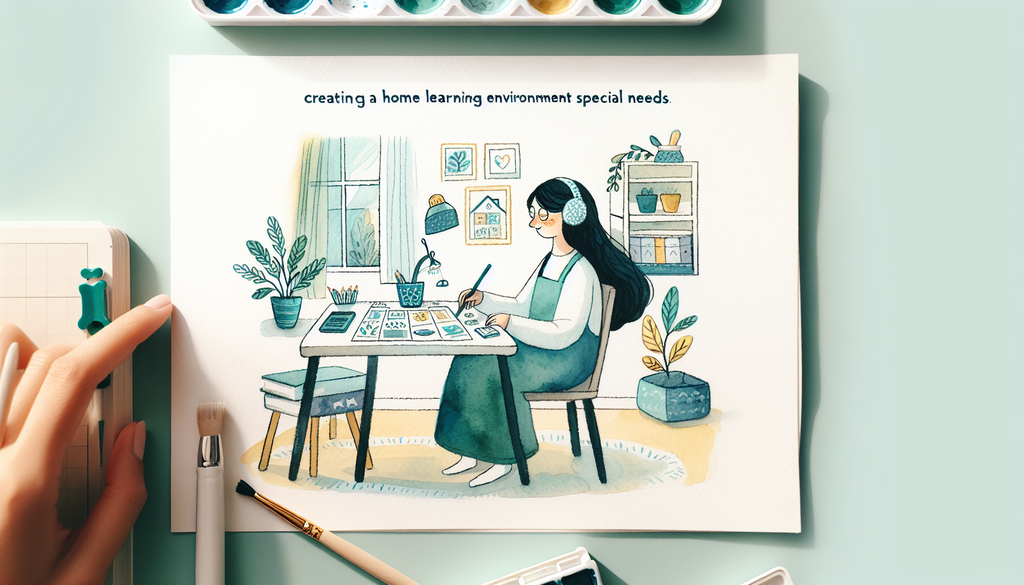Creating a Home Learning Environment for Special Needs

It’s been said that “every child is a different kind of flower, and all together, they make this world a beautiful garden.” As parents and caregivers, our goal should be to provide the optimal environment for our children’s unique ways of blooming - one that embraces their abilities, fosters their skills, and nurtures their growth. This becomes even more vital when we are raising children with special needs, who may require an individualized approach and tailored resources to ensure their learning journey is successful.
Here are some actionable tips for creating an educational and supportive home environment that caters to the specific needs of your child.
Understand Your Child’s Needs
Before setting up a learning environment, spend time understanding your child’s unique needs. Observing their behavior, consulting with their educators and therapists, and researching their diagnosis will provide crucial insights. Try to incorporate their strengths and accommodate their challenges in your space. Our previous post on supporting twice-exceptional children in the regular classroom can give you a perspective on how educators adapt to such needs in school settings.
Create a Sensory-Friendly Space
Children with sensory sensitivities may get overwhelmed by high levels of noise, light, or clutter. Consider these factors when structuring their learning area. Noise-cancelling headphones, dimmable lights, and maintaining a clean, organized space can be beneficial. In addition, make use of fidget tools or sensory toys to help them focus. Read more about creating sensory-friendly environments here.
Incorporate Assistive Technology Tools
Identify assistive technology tools that can complement your child’s learning. For instance, speech-to-text software can aid children with dyslexia, while visual timers can be useful for time management. Our post on advanced assistive tech tools provides abundant information on this subject.
Foster Physical Activity
A home learning environment should not only cater to academic needs but also physical development. Having an area for movement-based activities can cater to kids’ need for physical stimulation and breaks between tasks. You can find more about kinesthetic learning strategies in this post.
Include Therapeutic Elements
Depending on your child’s needs, therapeutic elements such as weighted blankets, therapy balls, or chewable jewelry can provide comfort and help them self-regulate. Be sure to consult with your child’s therapist on what therapies would be beneficial.
Remember, every child is unique, and what works for one may not work for another. It may require some trial and error to determine what set-up best supports your child’s learning. Patience and persistence will go a long way in creating an inclusive living and learning space for your child.
Empowering our kids with supportive and accommodating environments is just one way we can validate their unique potential and empower them to flourish. Continue exploring solutions, tools and discussions on prevalent issues in our blog’s Educational Resources & Tools section.